A paved walkway to the front door is one of the most common features of suburban residential landscapes. And it’s important! It is a visitor’s first impression of your home and a major element of “curb appeal.” Landscape design professionals recommend planting your walkway to welcome visitors and visually direct them to the correct entrance while giving them something interesting and beautiful to see along the way.
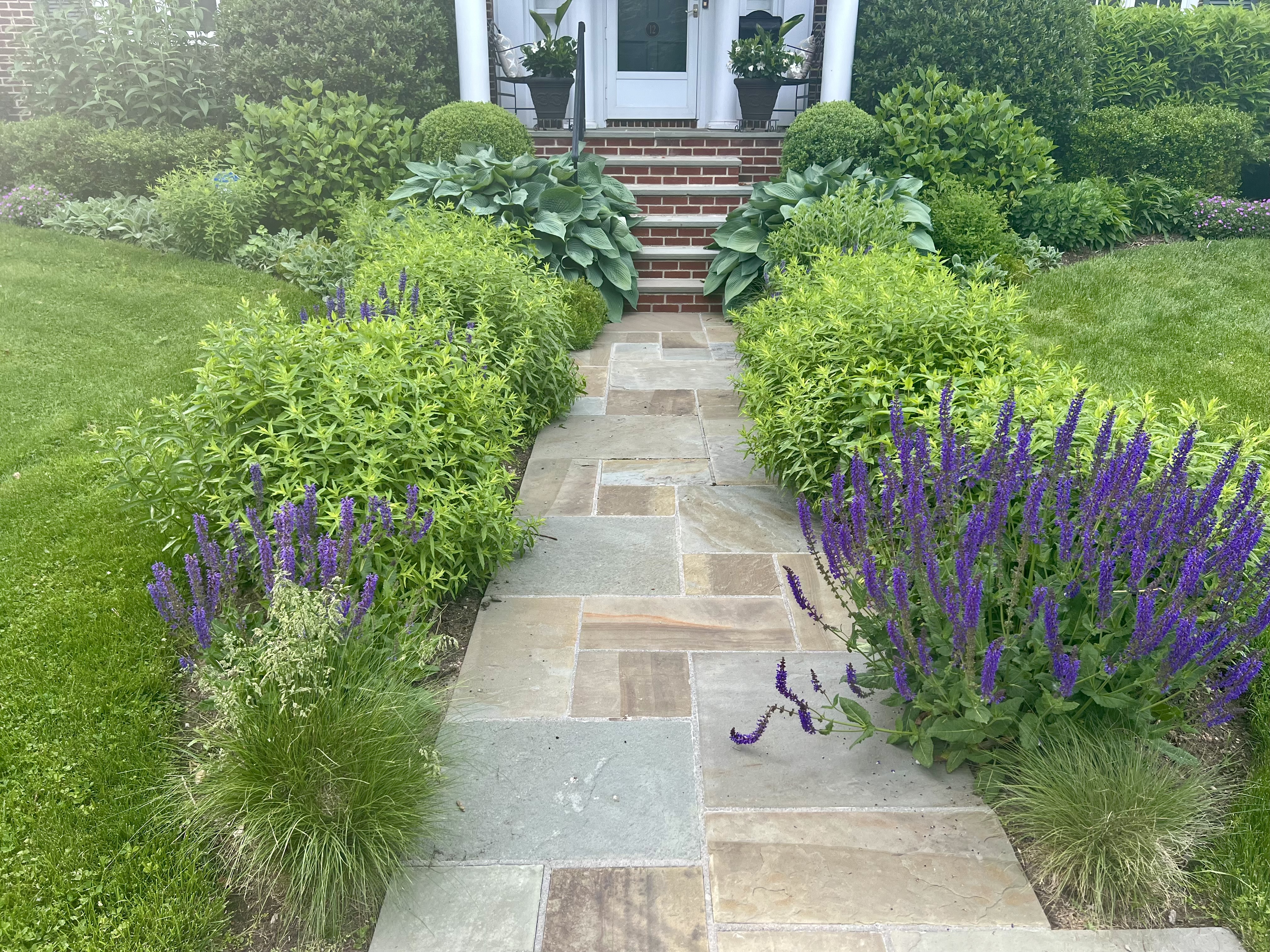
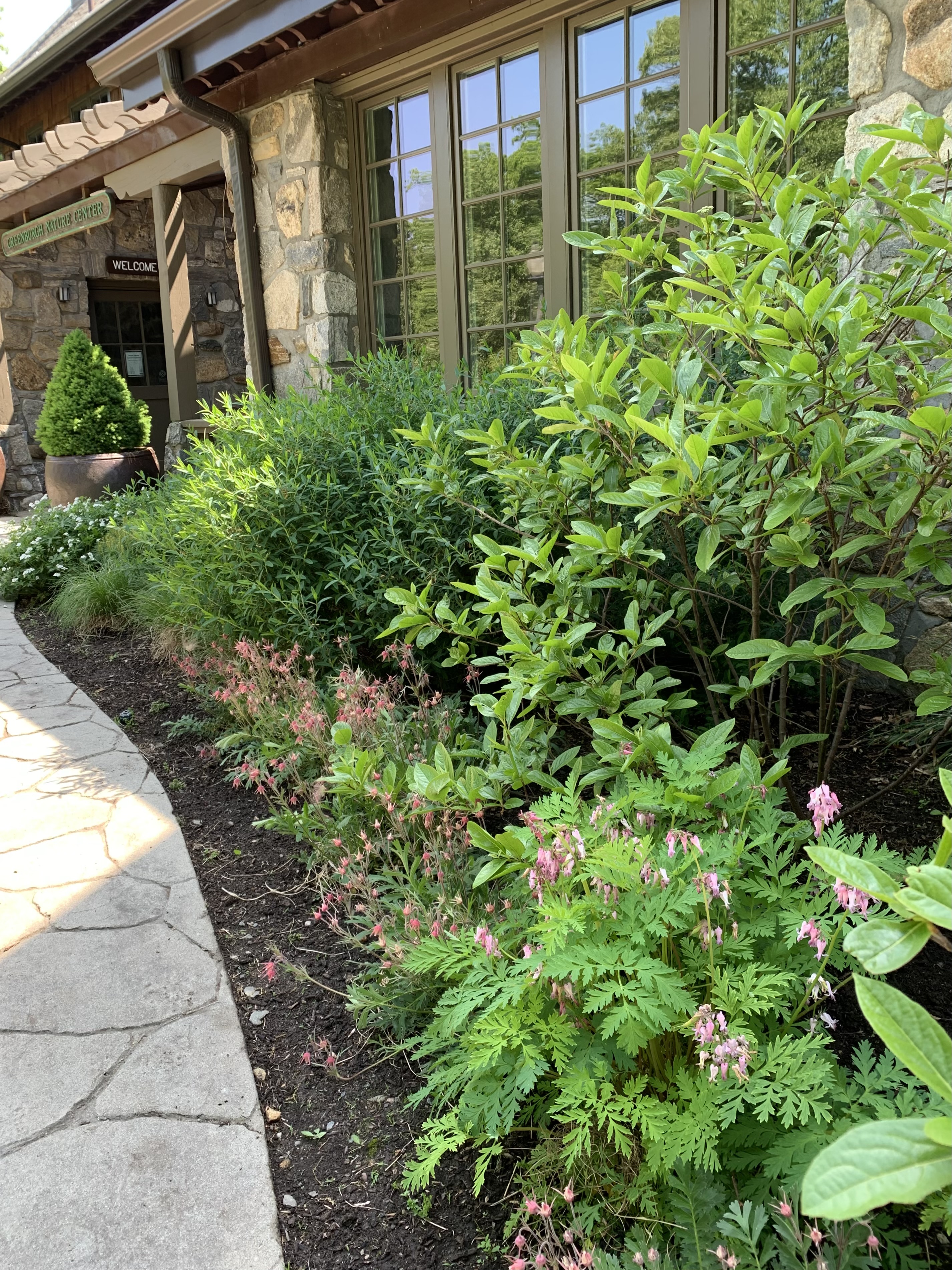
But a paved walkway presents multiple challenges for landscaping. The process of paving, whether with stone, concrete, brick, or asphalt, often damages the adjacent soil, leaving it compacted, dry, and rocky with bits of concrete and masonry that can significantly alter soil pH and create poor planting conditions.
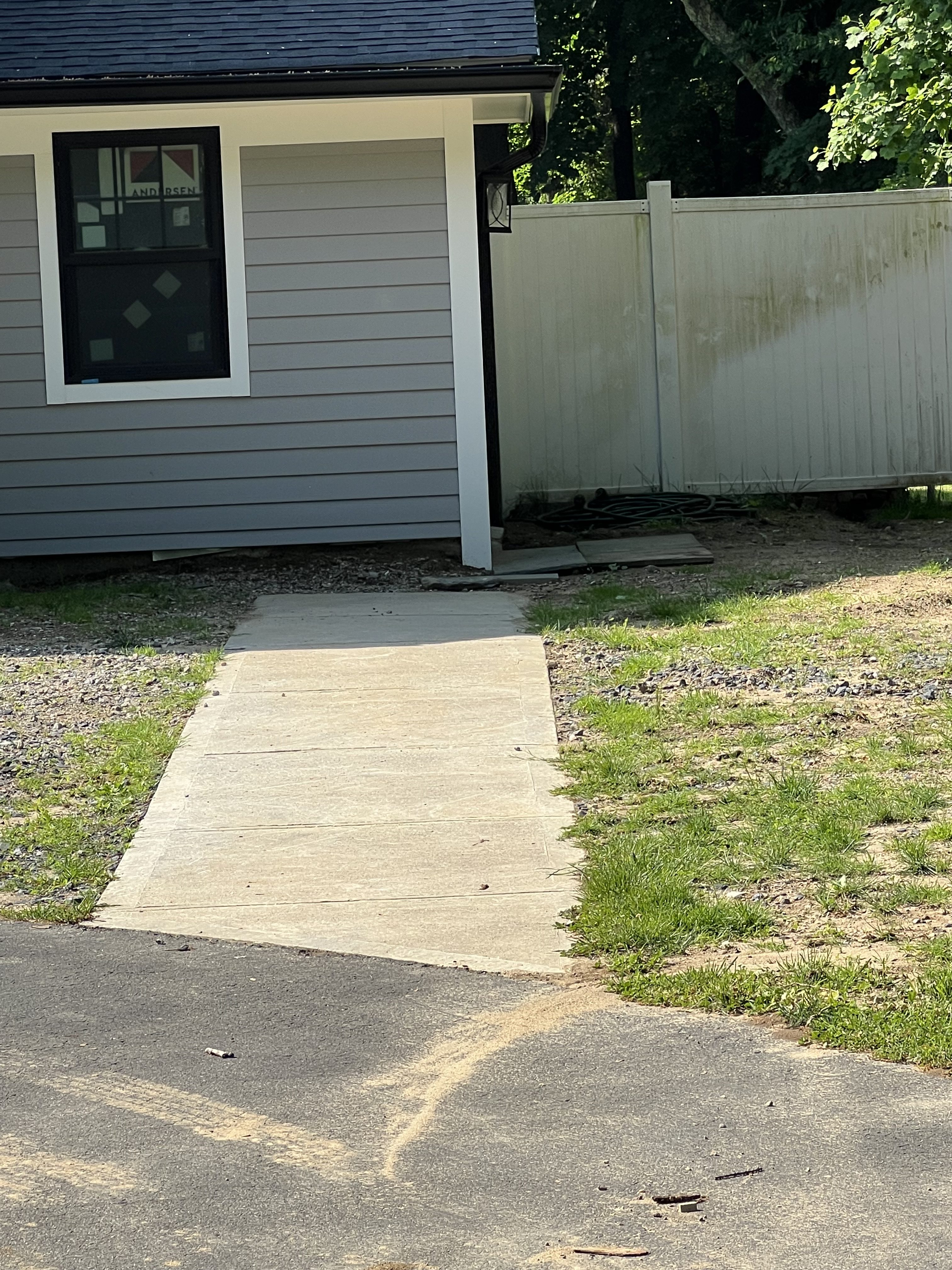
Paved surfaces are also warmer in summer and colder in winter than the surrounding soil. Pavement reflects summer heat onto adjacent areas and can hold that heat long after sunset. Frozen pavement, on the other hand, can be even colder than surrounding air and soil temperatures, and snow cleared from walkways often includes salt or ice-melting products damaging to plants. With these extremes, it can be challenging to find plants that will look good and survive year-round.
Understandably, many suburban homeowners opt for planting nothing at all along walkways.
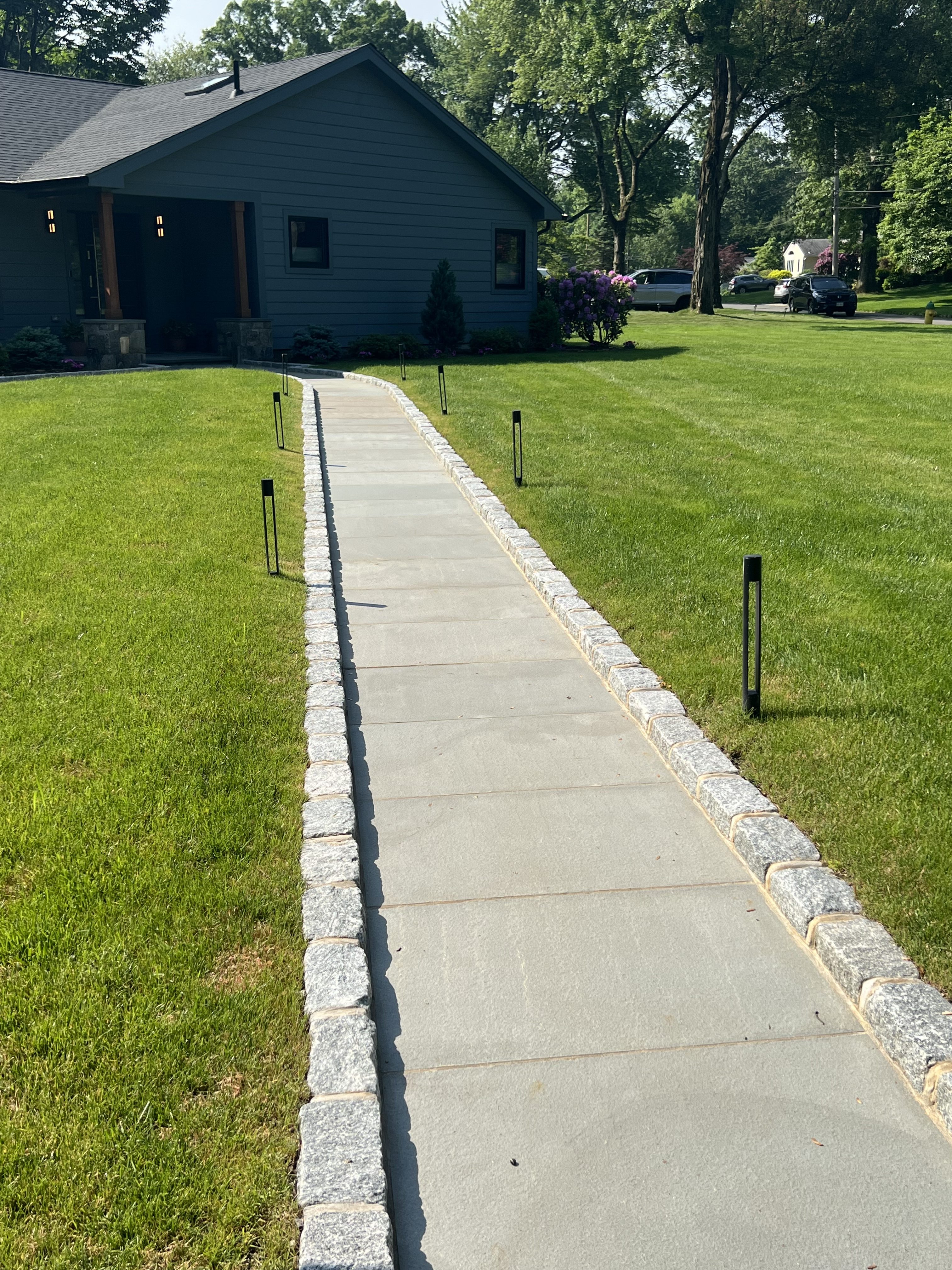
Others plant a row of annuals every summer only to watch them wither and die long before fall (New Guinea impatiens anyone?). Most annuals are tropical plants that evolved in the understory of rainforests. The harsh conditions along a paved entry path are a far cry from the rich, wet soil in the shady jungles of equatorial New Guinea!
So, what can you plant along an entry path that will survive tough conditions through summer and winter, and still come back strong in the spring?
Consider plants that evolved in regions with baking hot summers, freezing winters, poor hard packed soil, and weather that can alternate between drought and flood. America’s great prairies and dry meadows are the original habitats of a vast array of hardy native plants. With variations in annual rainfall, soil depth, tree cover, and elevation, an incredible variety of grasses, flowering plants, and hardy shrubs evolved in those challenging landscapes. These native plants are ideal for the conditions so often found on paths from sidewalks and driveways to front doors throughout suburban neighborhoods.
The bonus is that these plants also feed native bees and butterflies and need very little care. Many of them already have been featured in prior posts of this blog. Take a look at these plants as you consider re-designing your entry path, and follow the links below for more information and photos:
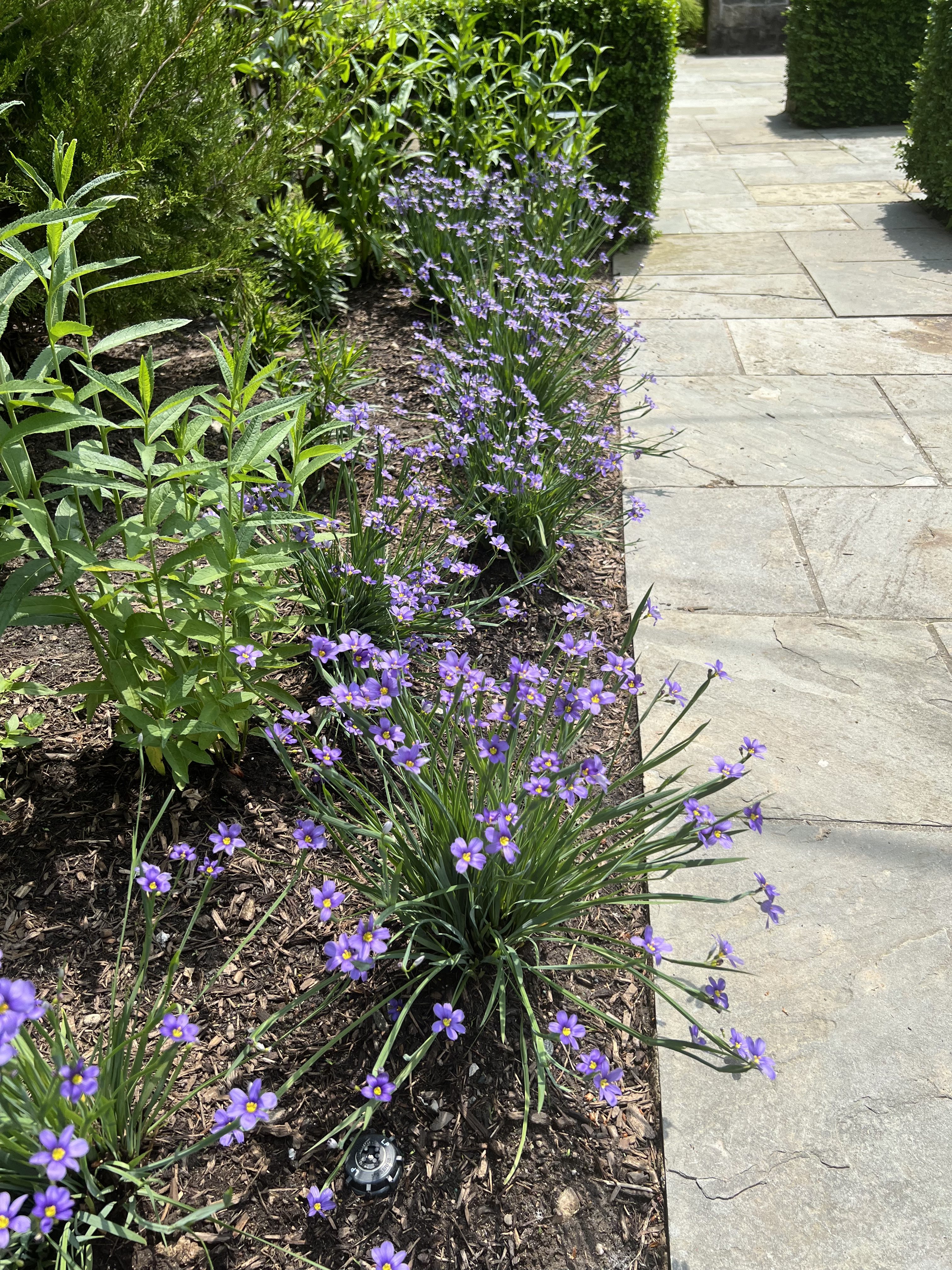
cheerful sight lining a sunny path.

adorable cat-paw flowers.
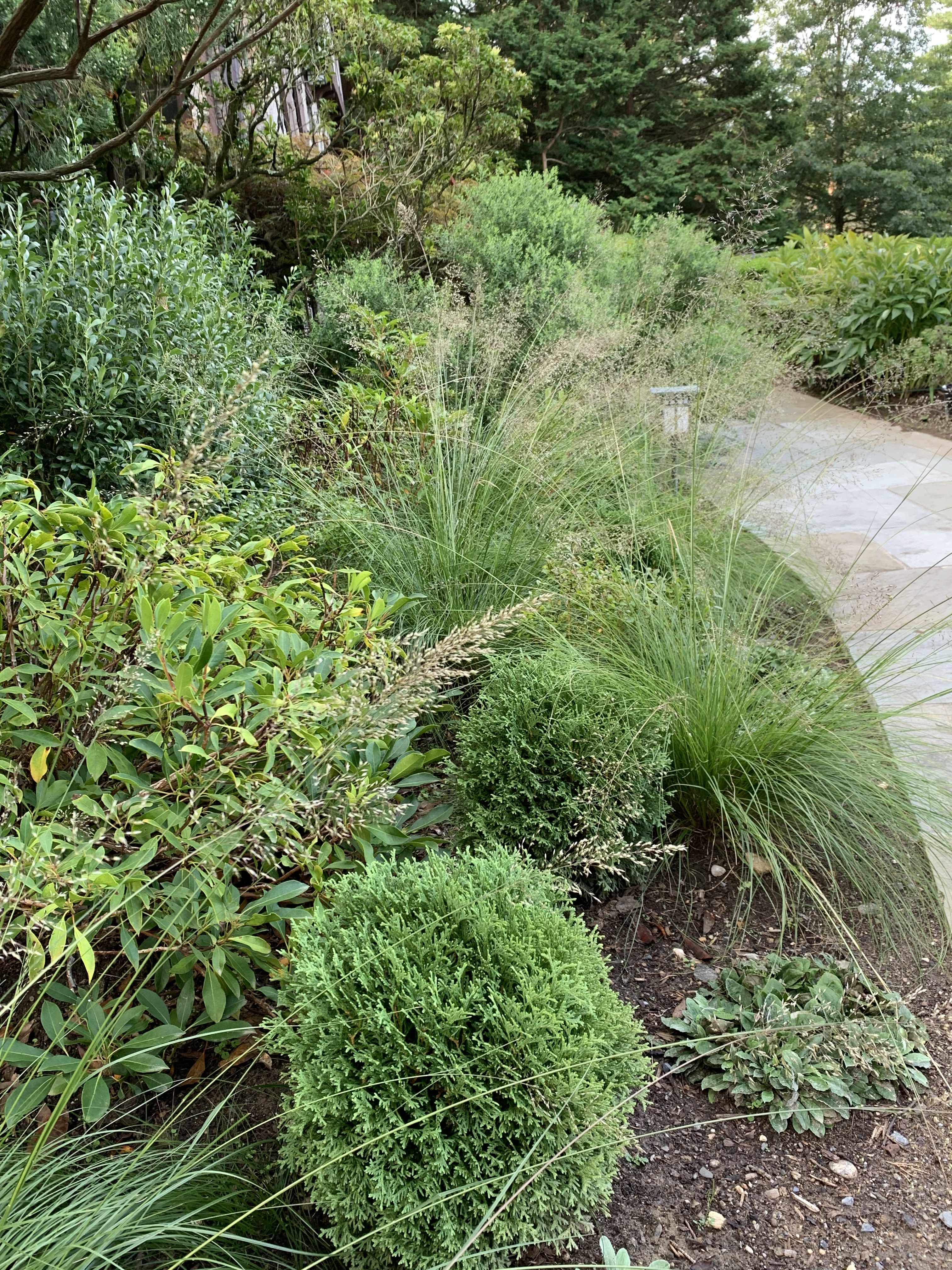
ornamental grass with a soft look and a lovely scent.
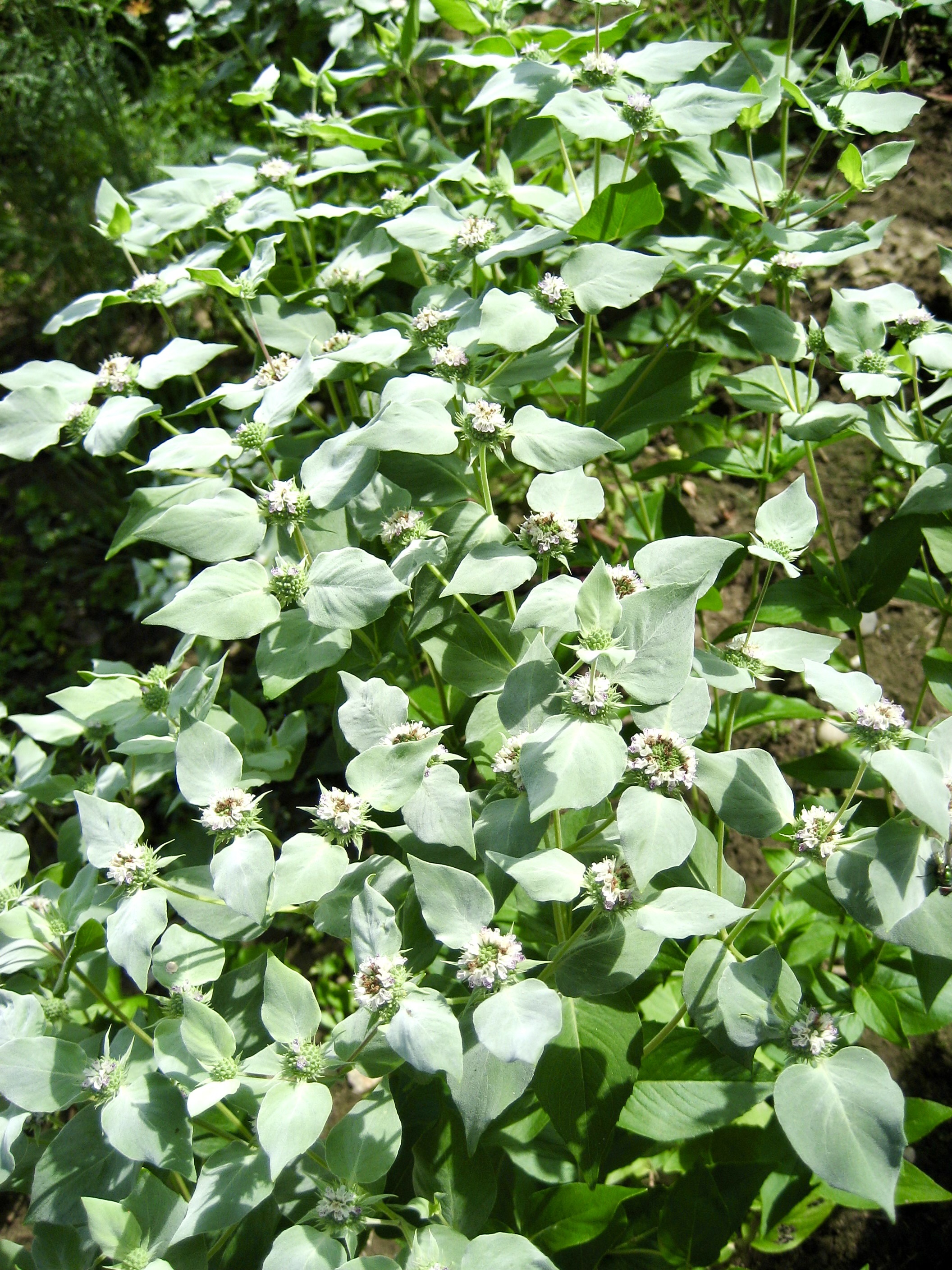
has flowers that last for months, and smells wonderful.
Yet another prairie plant that looks great along a path is Prairie Smoke (Geum trilflorum). Its nodding pink flowers turn into puffs that give it another common name, Old Man’s Whiskers. The foliage stays fresh all summer and turns a lovely burgundy in the fall. It is not bothered by snow cover in the winter or hot dry summers.
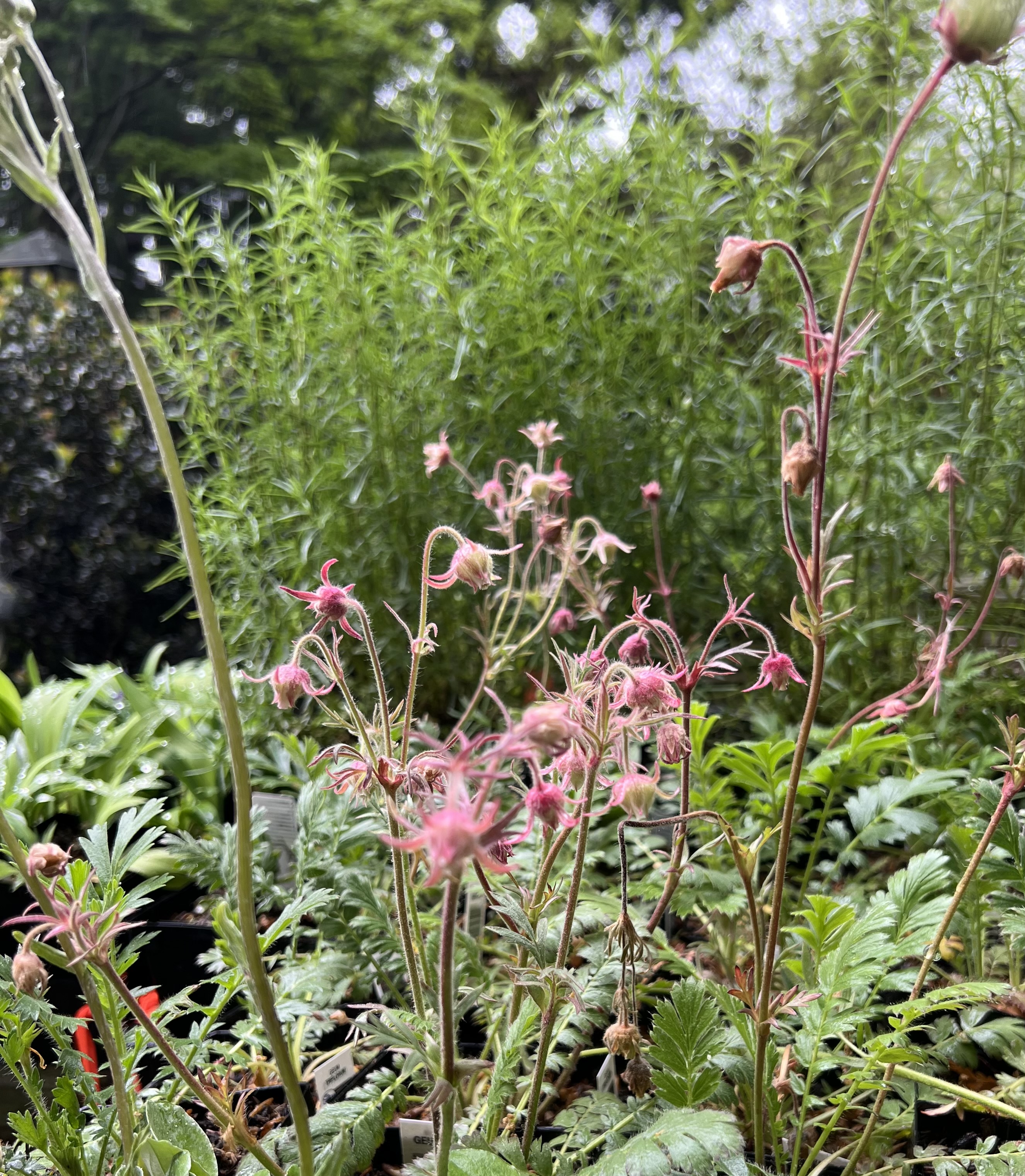
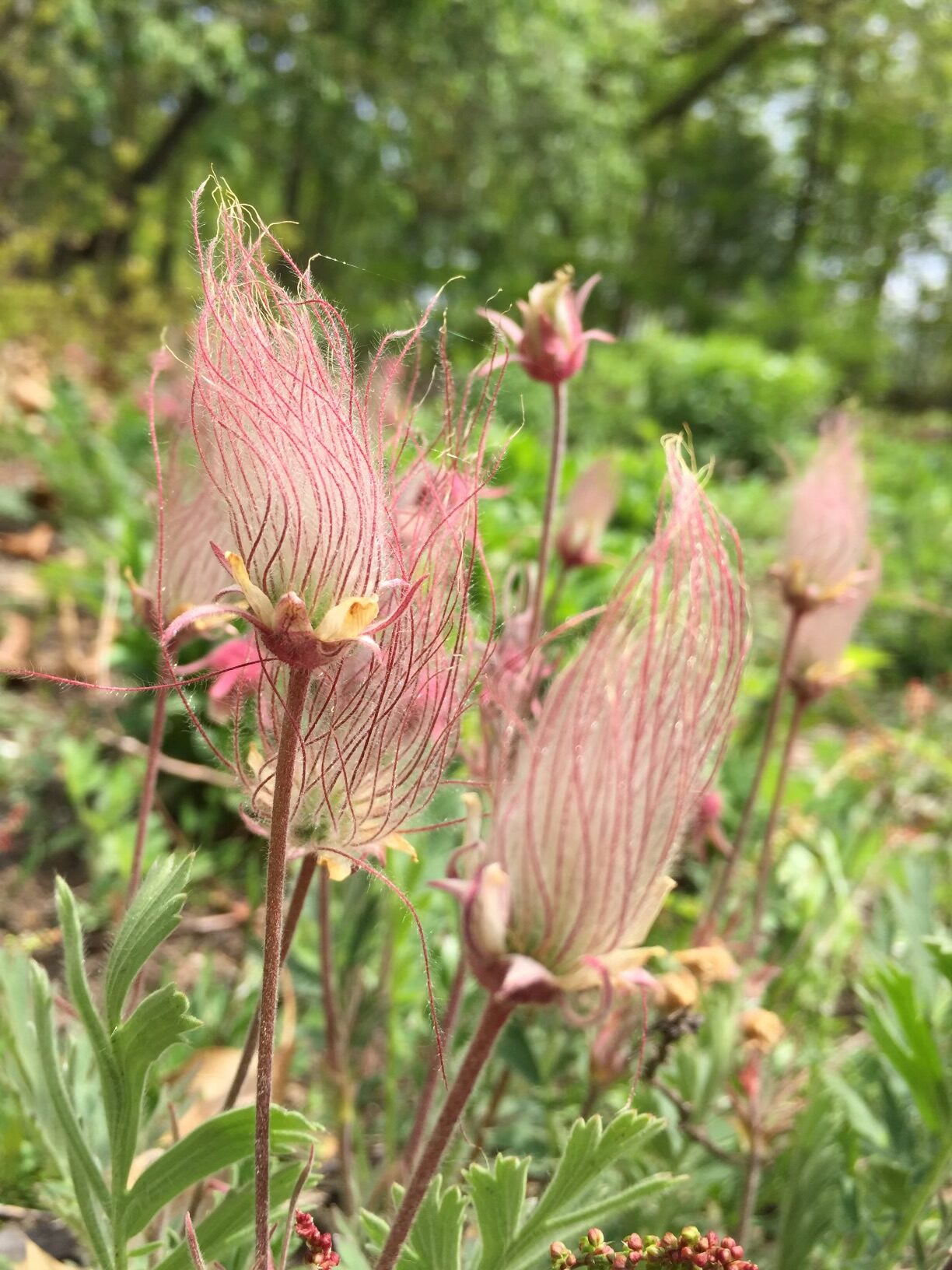
Another reliable low-growing groundcover that can fill in along a path mixed with shrubs and taller perennials is Barren Strawberry (Waldsteinia fragaroides). Blooming with bright yellow buttercup-type flowers for weeks from spring into summer, and semi-evergreen through the winter, it spreads slowly and is exceptionally hardy.
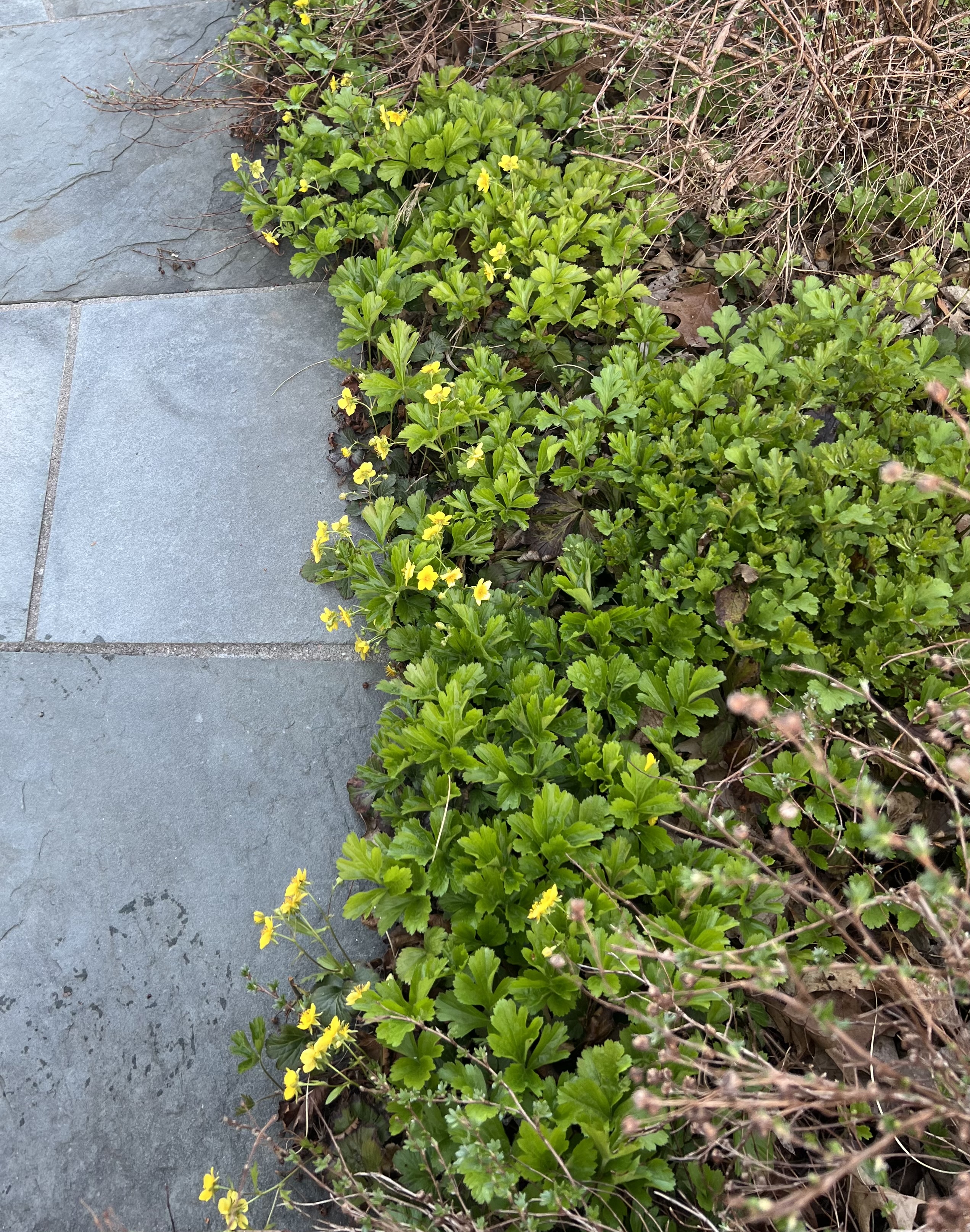
The most attractive pathway gardens include a variety of native perennials, grasses, and shrubs to create four seasons of interest.
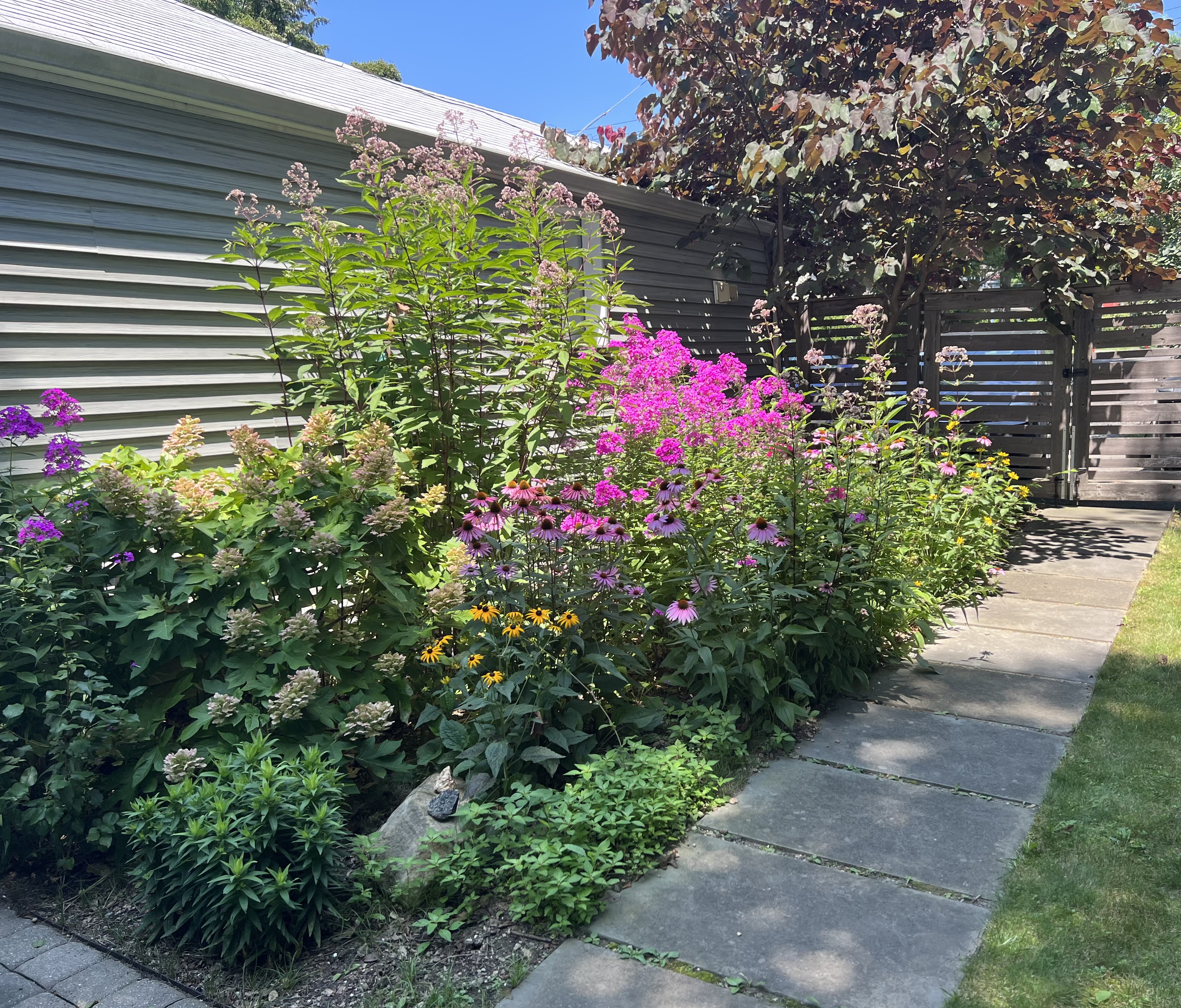
There are a number of tough native shrubs that mix beautifully with perennials to create a real garden on the way to your front door:
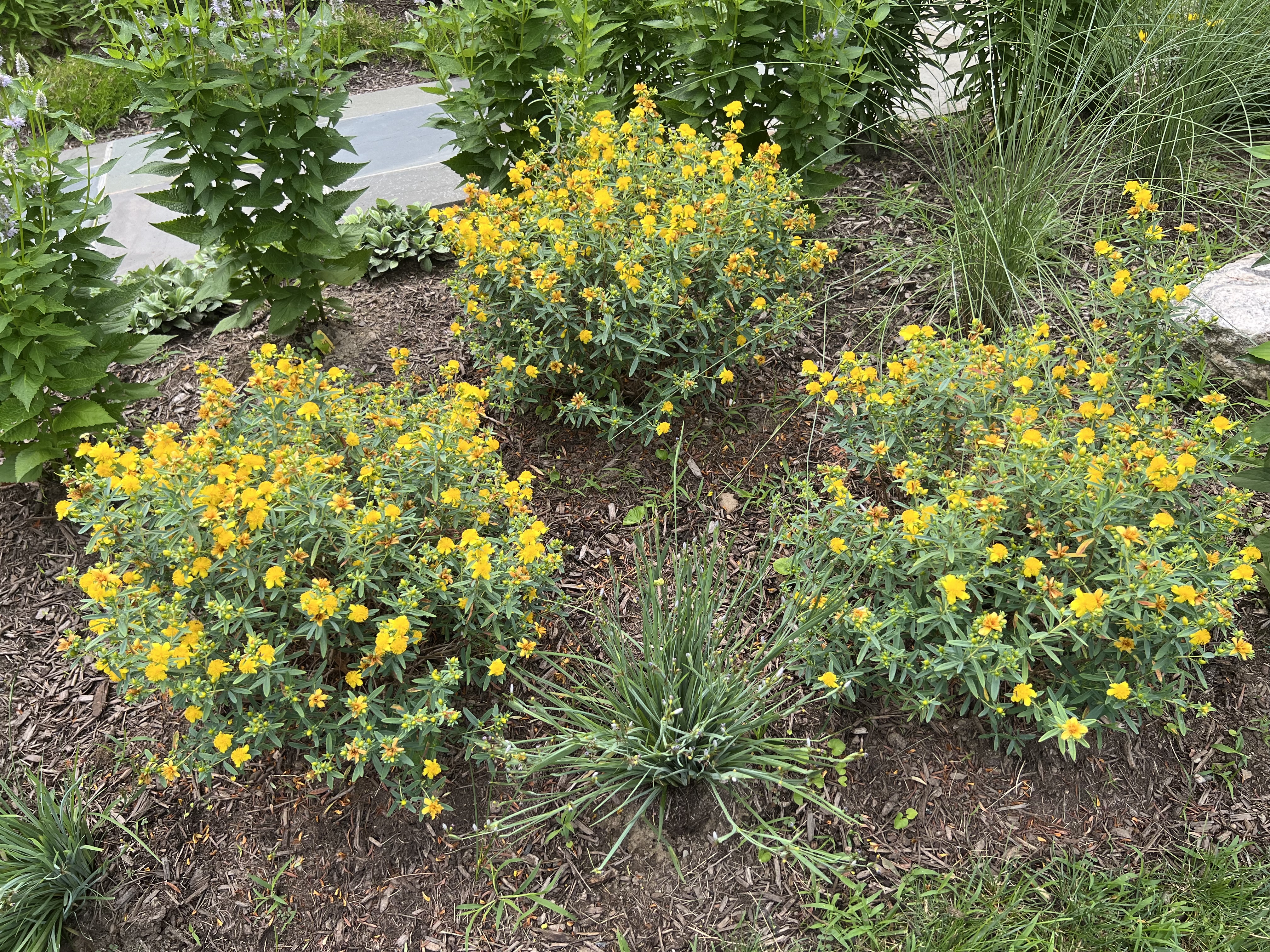
are similar species, but different sizes, and all bloom with bright yellow pom-poms
adored by bumblebees.
Another great shrub for the entry path is Shrubby Cinquefoil (Potentilla fruticosa). Its flowers may be bright yellow or nearly white, its foliage a soft gray/green, and it blooms all summer long, much to the delight of native pollinators.

So, there are many beautiful options for designing a durable planted path to welcome visitors (and nature!) to your front door. Think about pushing your lawn away from the path and giving a bit more space to a native garden that says: “walk this way!”

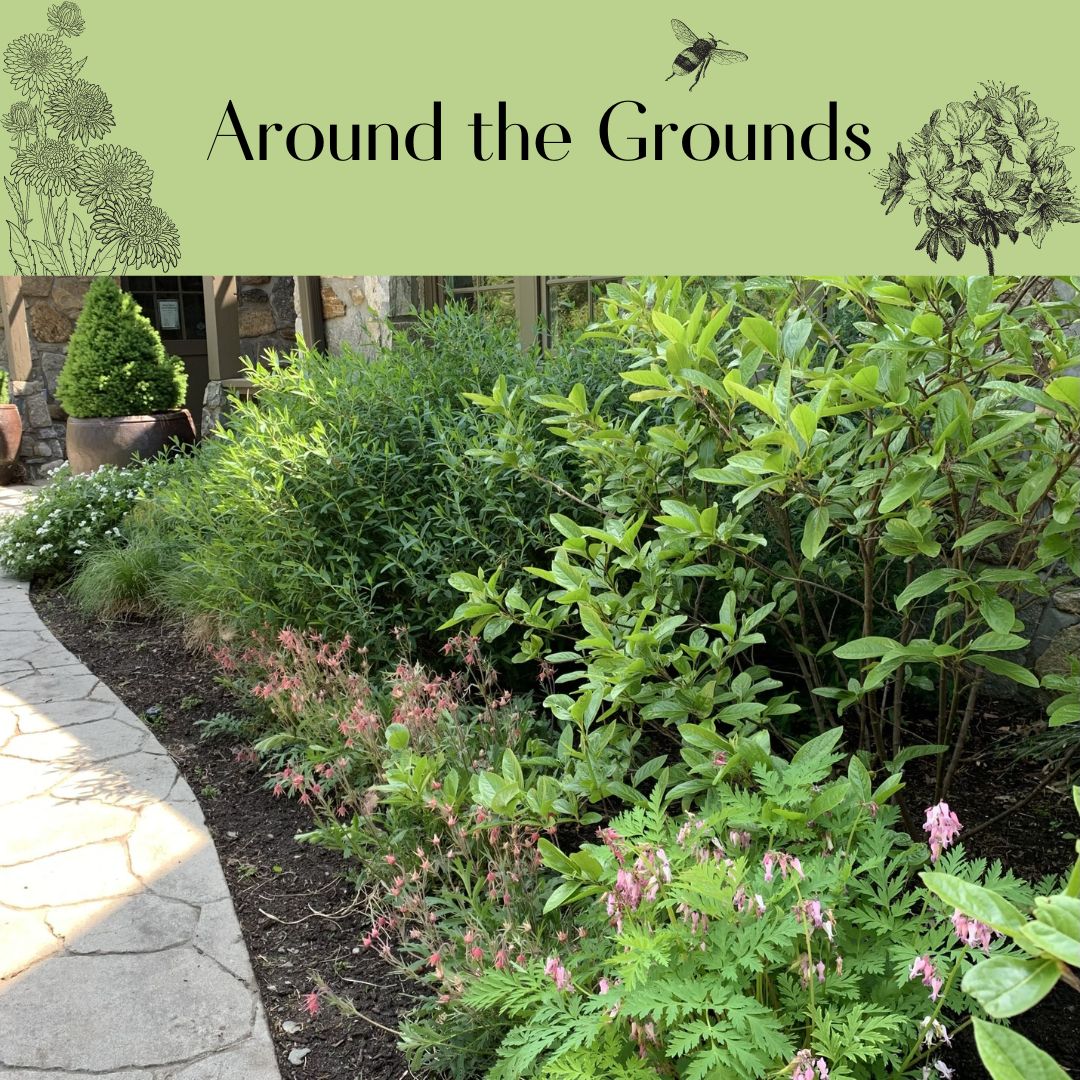
This was a great post! My brain kept going to the nights who say Ni, hehe https://montypython.gifglobe.com/scene/?id=cgOkBufWvzpT
Must try some of these… as long as they are deer-resistant a the blooms last longer than a nanosecond
Another great post! Thank you Cathy!